The Cooper Hewitt–Pratt Institute collaboration is the latest in the museum’s effort to expand its partnerships with design schools. Timed to align with Cooper Hewitt’s By the People: Designing a Better America exhibition—the third in its socially responsible design exhibition series—three of Pratt’s industrial design studios focused on this growing area of design activity. Cooper Hewitt kicked off the conversation when students visited the museum at the start of the semester to meet with Cynthia E. Smith, Curator of Socially Responsible Design. Pratt students and faculty then spent the 2016 spring semester observing, listening, and working with residents and workers at an Alzheimer’s caregiver nonprofit a volunteer-run soup kitchen and young women’s homeless shelter, identifying needs, prototyping design responses, and developing multi-disciplinary design proposals. Cooper Hewitt curators participated in mid- and final studio reviews at the Brooklyn school.
One Pratt studio worked with CaringKind (formerly Alzheimer’s Association of New York) to develop new products for people who have been diagnosed with Alzheimer’s disease, their families, and professional caregivers. Alzheimer’s disease affects the brain through a gradual corrosion of its neural pathways. This terminal condition results in the progressive loss of cognitive, memory, and eventually motor functioning. By engaging in this topic, the students endeavored to design for the mind, demonstrating how objects can be not only aesthetically pleasing, but also responsible for producing relationships, thoughts, ideas, and ways of being. Talking directly to a full range of CaringKind constituents, each student came up with twenty product ideas. Through this first-person research, one or two of those twenty designs were selected for further development.
A second studio collaborated with CHiPs, a voluntary organization that provides food and hope to young women experiencing homelessness, to develop projects that respond to the needs of the community. Students volunteered, working directly with the women. Listening and learning their stories helped the students better understand their needs, which resulted in multidisciplinary projects. The proposals range from industrial design, such as a washing fountain, to service design of a kiosk, along with communication design. Each design approached the needs of the underserved community with empathy and care.
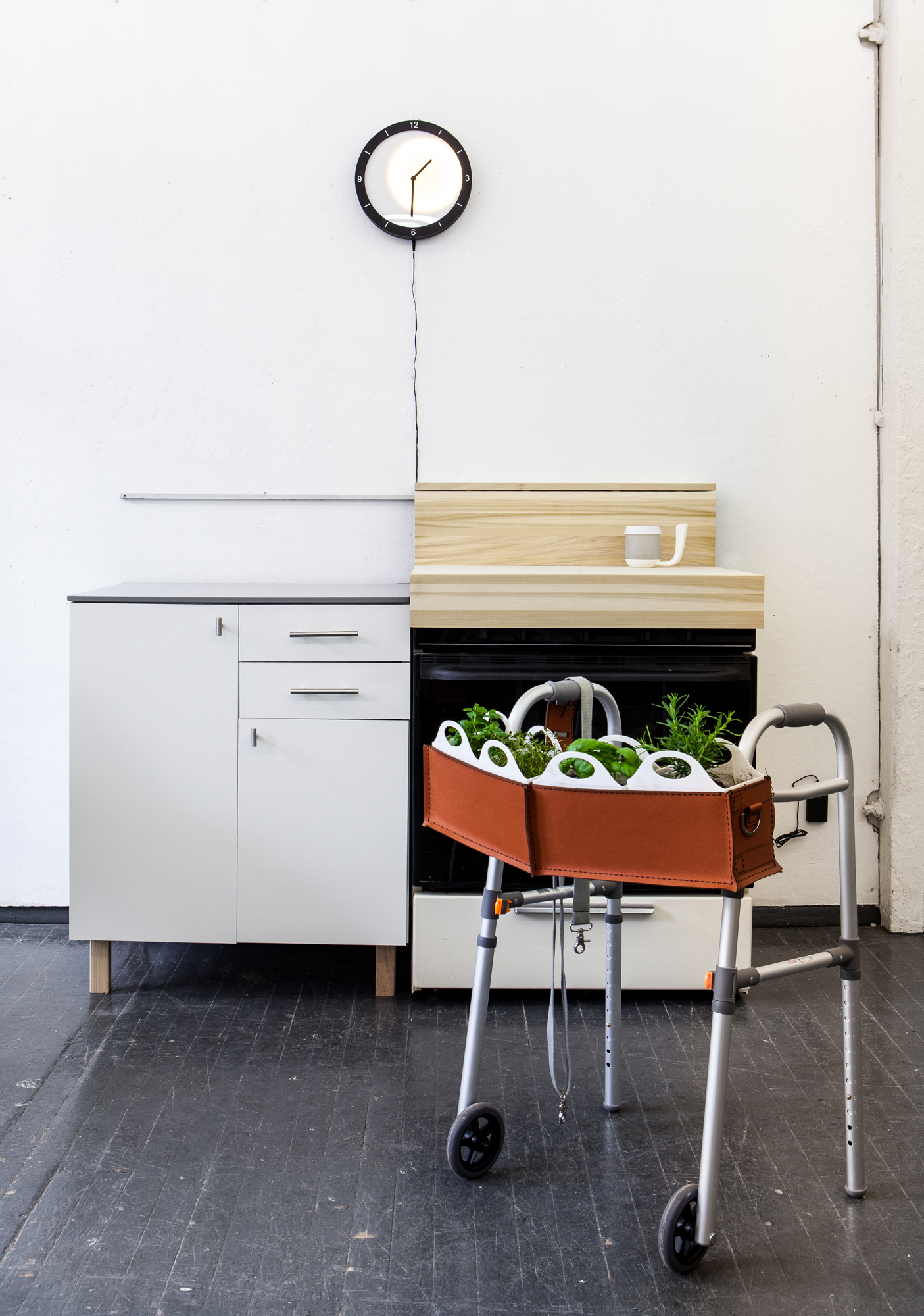
Design for the Mind. Group project: Kate Cutlip (BID ’17), Evan Huggins (MID ’17), Morgan McInvalle (MID ’17), Caitlin McIver (MID ’17), Jeff Yang (BID ’17). Students endeavored design for the mind, where objects are understood not only as aesthetically pleasing to the mind, but responsible for producing relationships, thoughts, ideas, and ways of being.
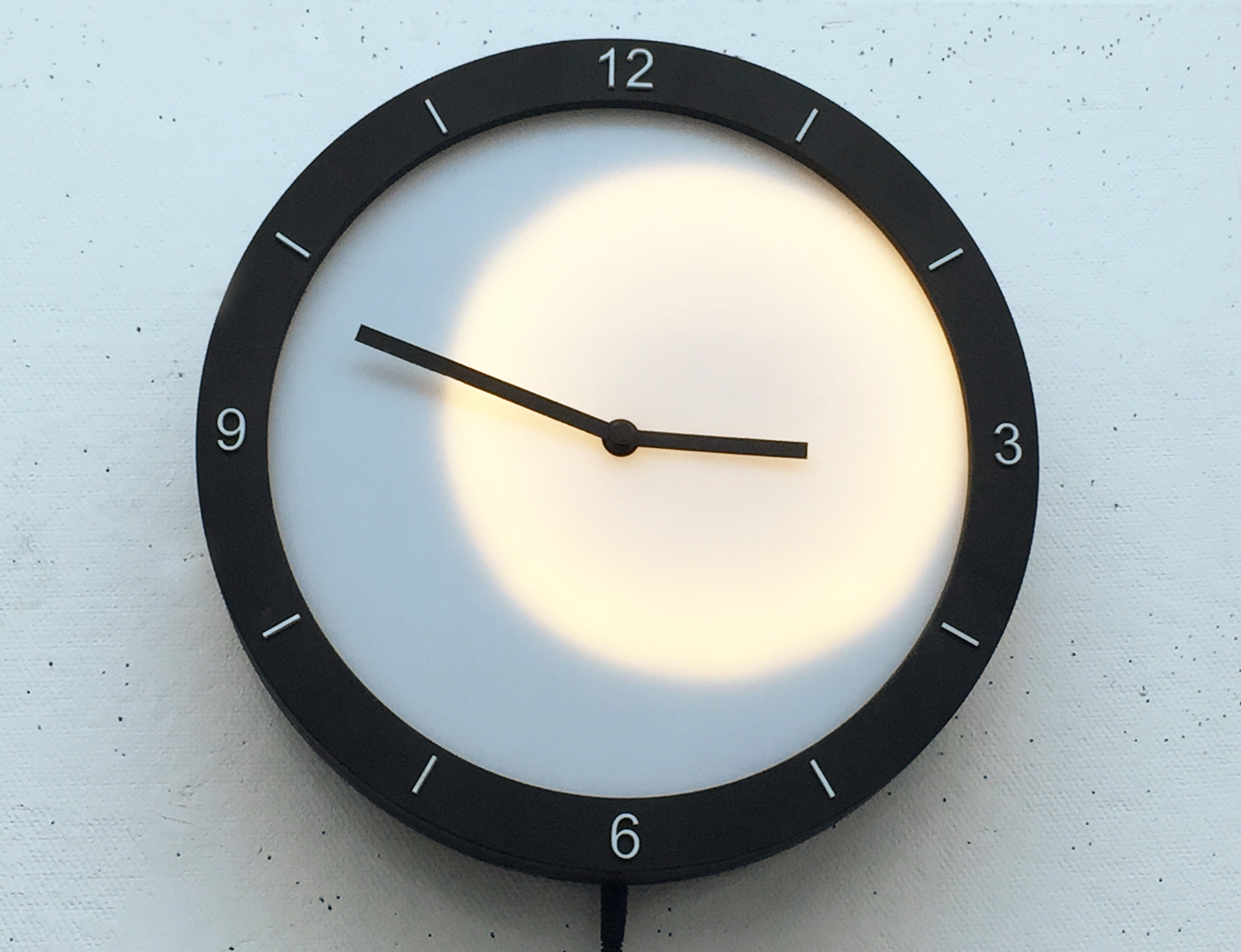
Sun / Moon Clock. Sensing night and day is thought of as an easy task. For people with Alzheimer’s, though, dawn and dusk are hard to distinguish. In this elegant design of a clock, the crescent moon comes on at night and the warm glow of the sun appears at dawn to help people perceptually understand whether it is AM or PM. Jeff Yang (BID ’17)
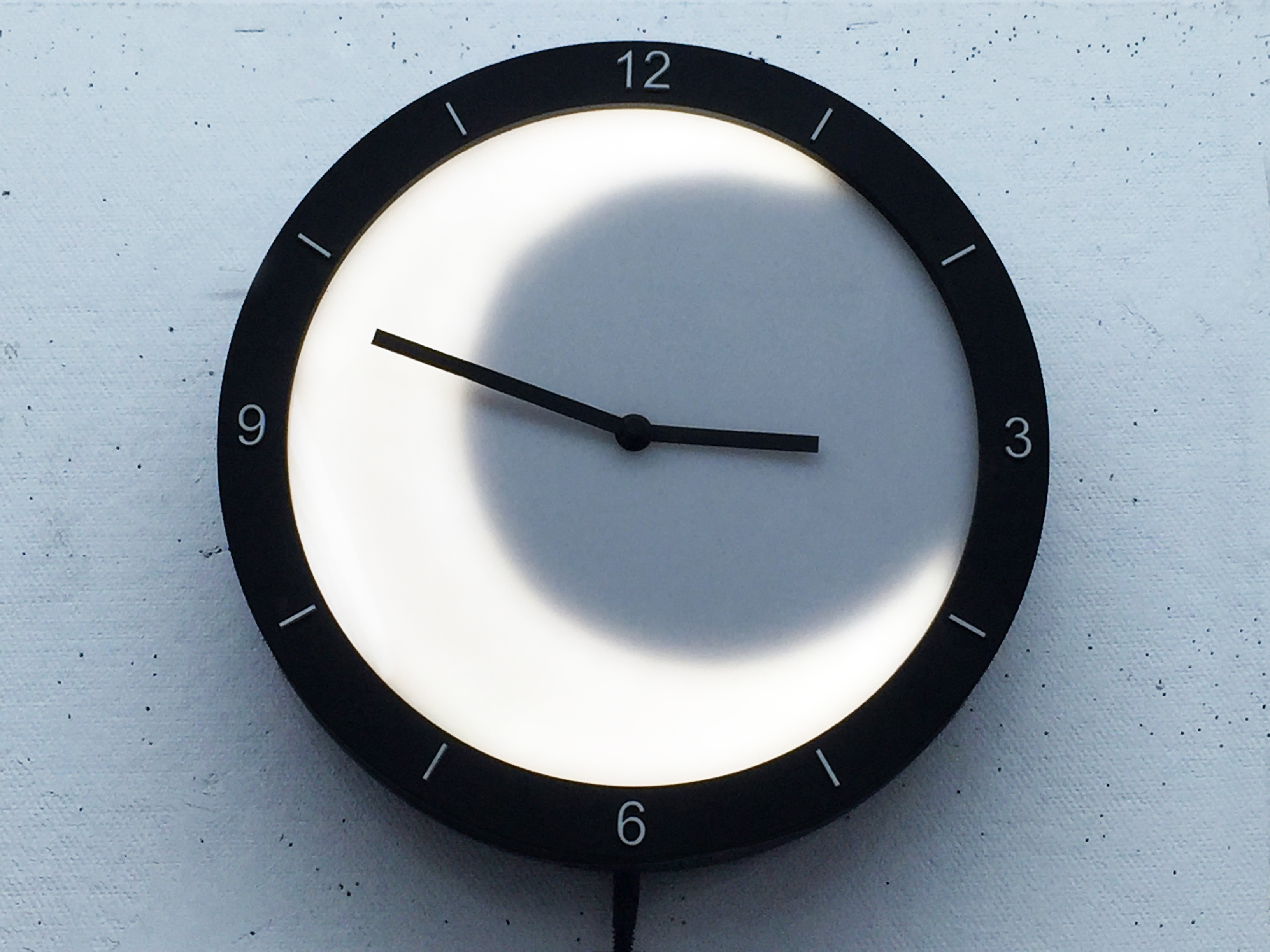
Sun / Moon Clock. Jeff Yang (BID ’17)
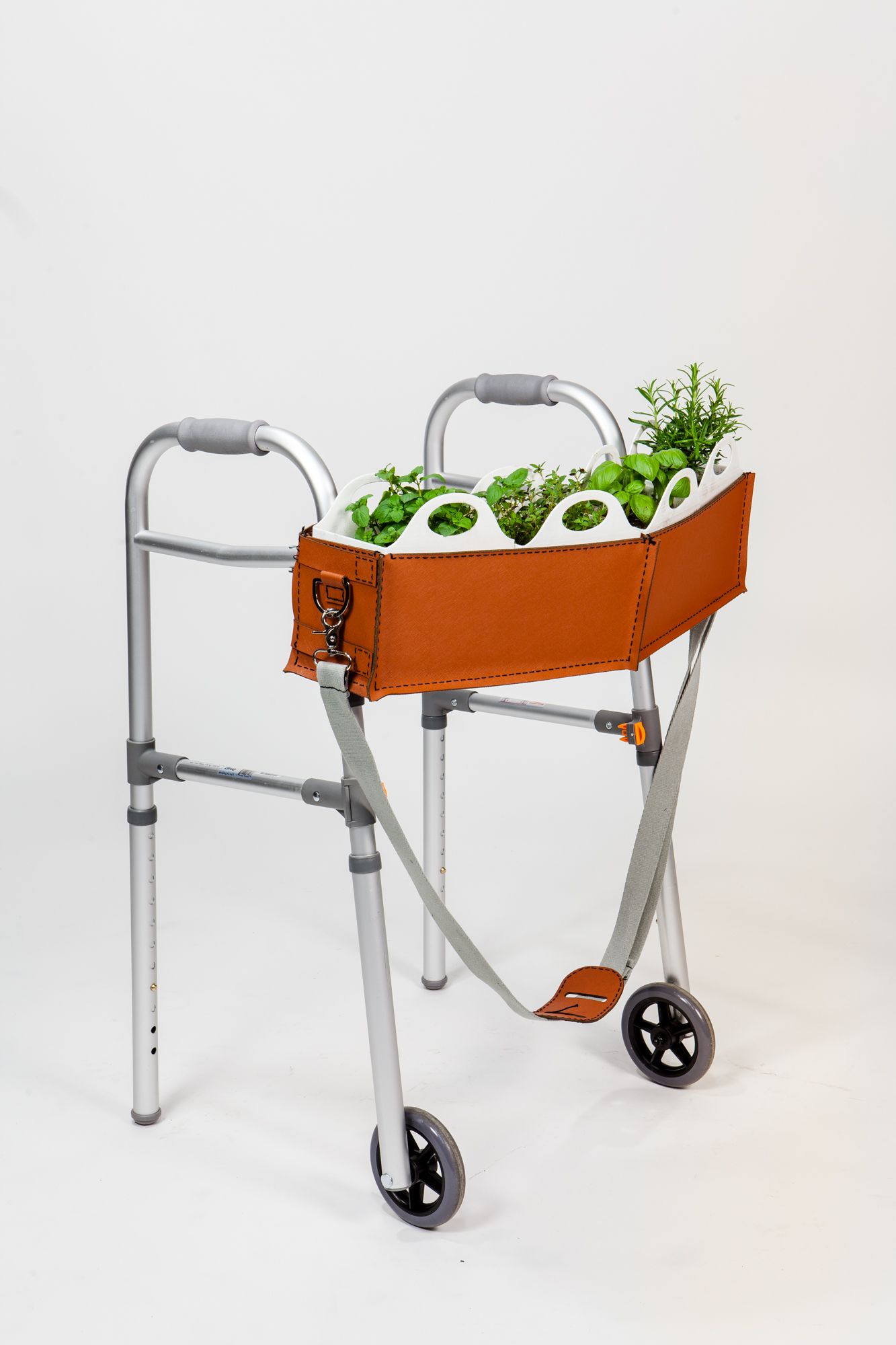
Portable Garden. An activity that can move from the windowsill of the home to a park, this easy and edible garden extends its caretaker’s ability to work with soil and foliage. Kate Cutlip (BID ’17)
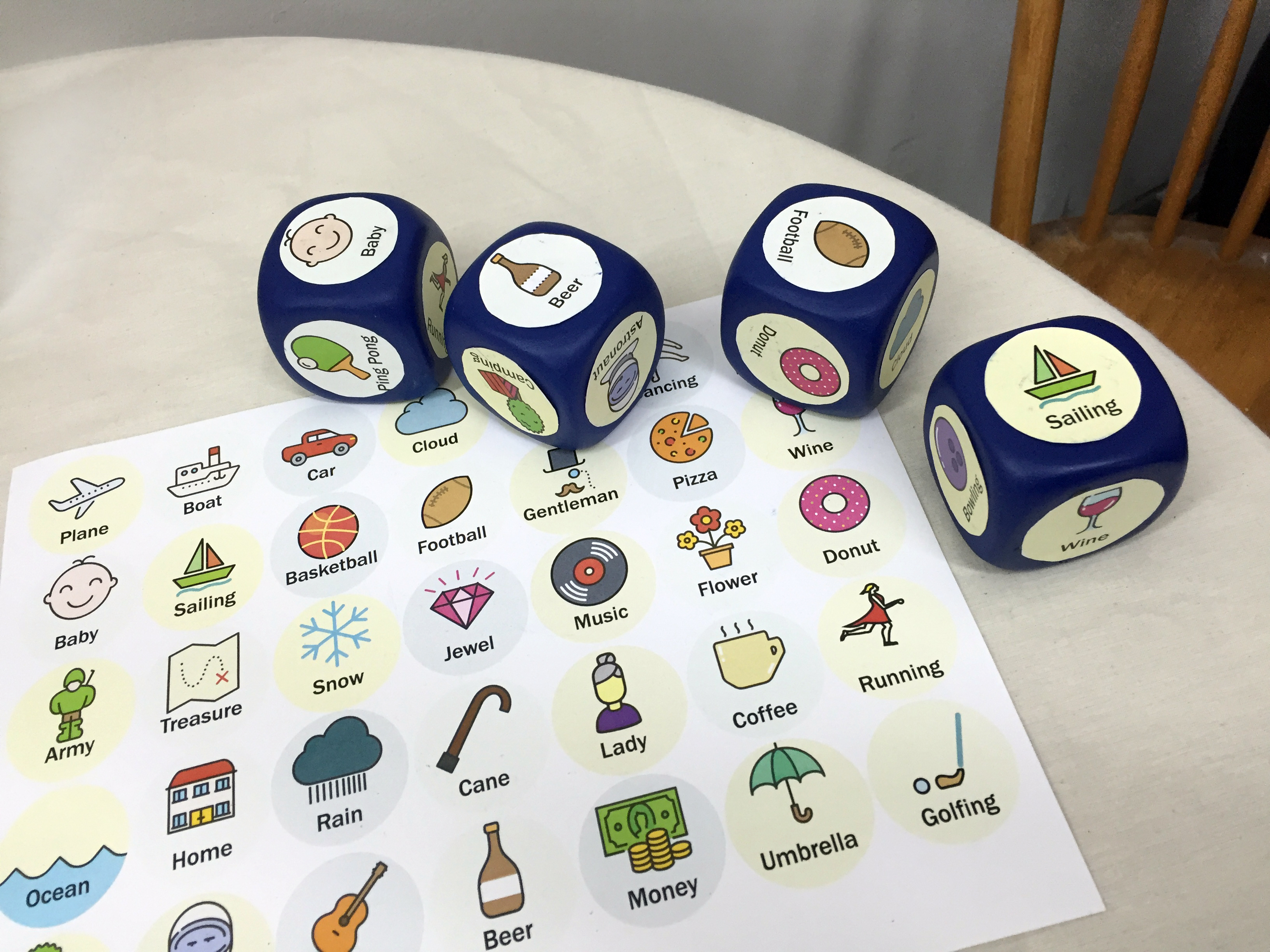
Story Dice. These customizable dice provide conversational cues by either triggering memories or providing the starting point for creative storytelling. Morgan McInvalle (MID ’17)
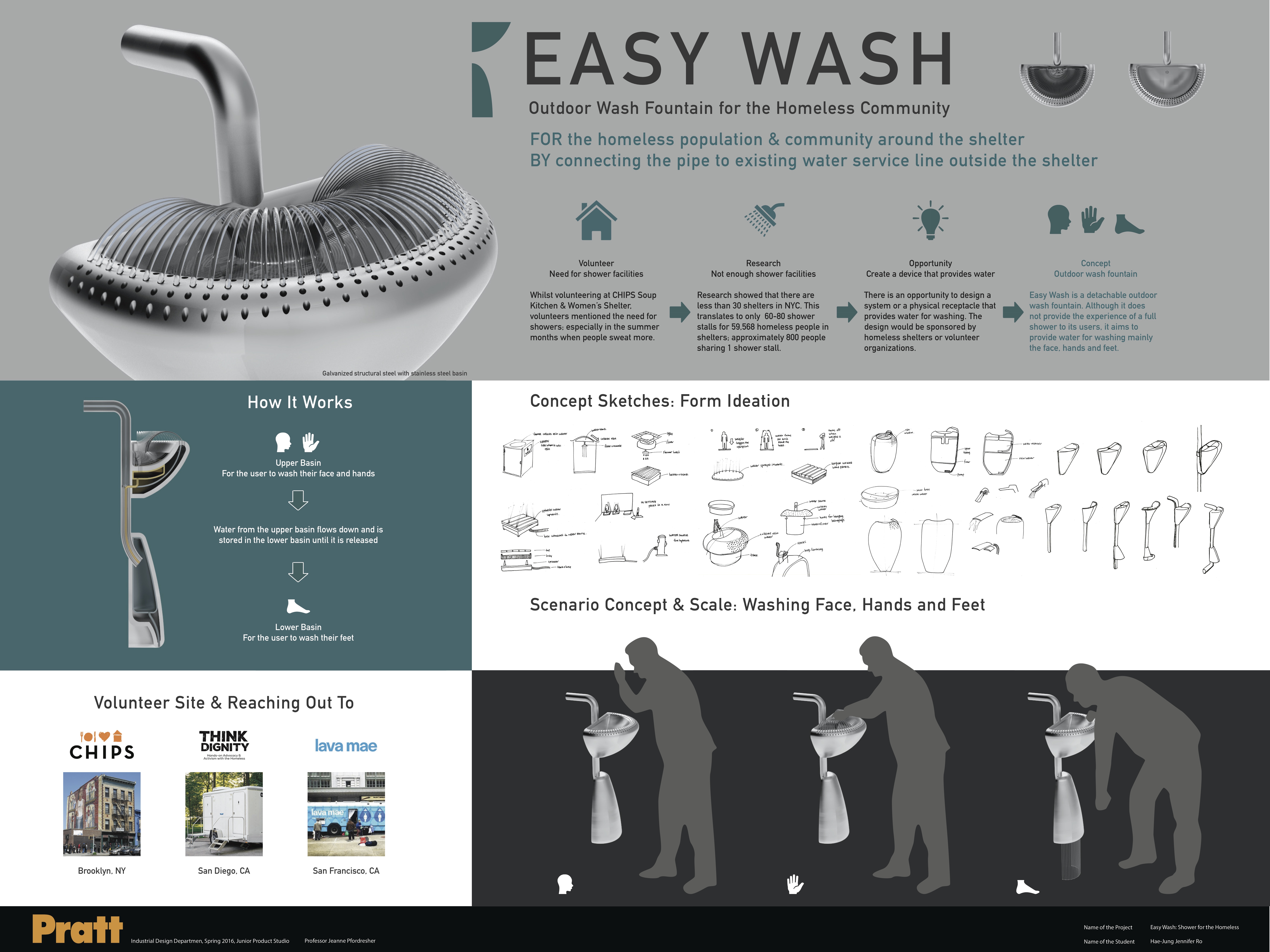
Easy Wash. Outdoor wash fountain for the homeless community. The fountain connects to existing water lines outside the shelter and provides an opportunity for washing not only face and hands but also legs. Jennifer Ro (BID ’17)
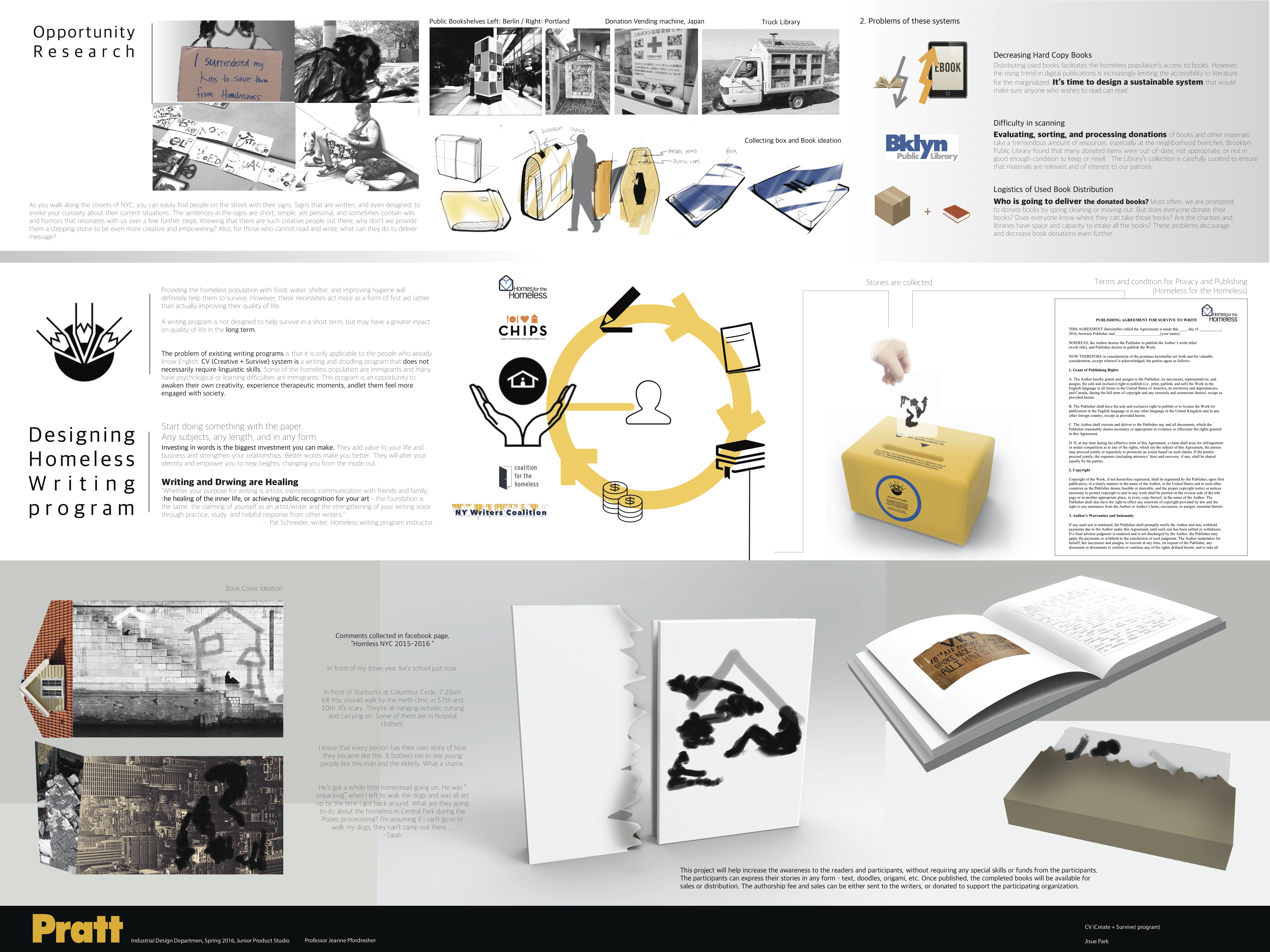
Homeless Writing Program. Stories collected by homeless residents are transcribed and published in a series of books. Distribution and sales of books generates income for the shelter. Jisue Park (BID ’17)
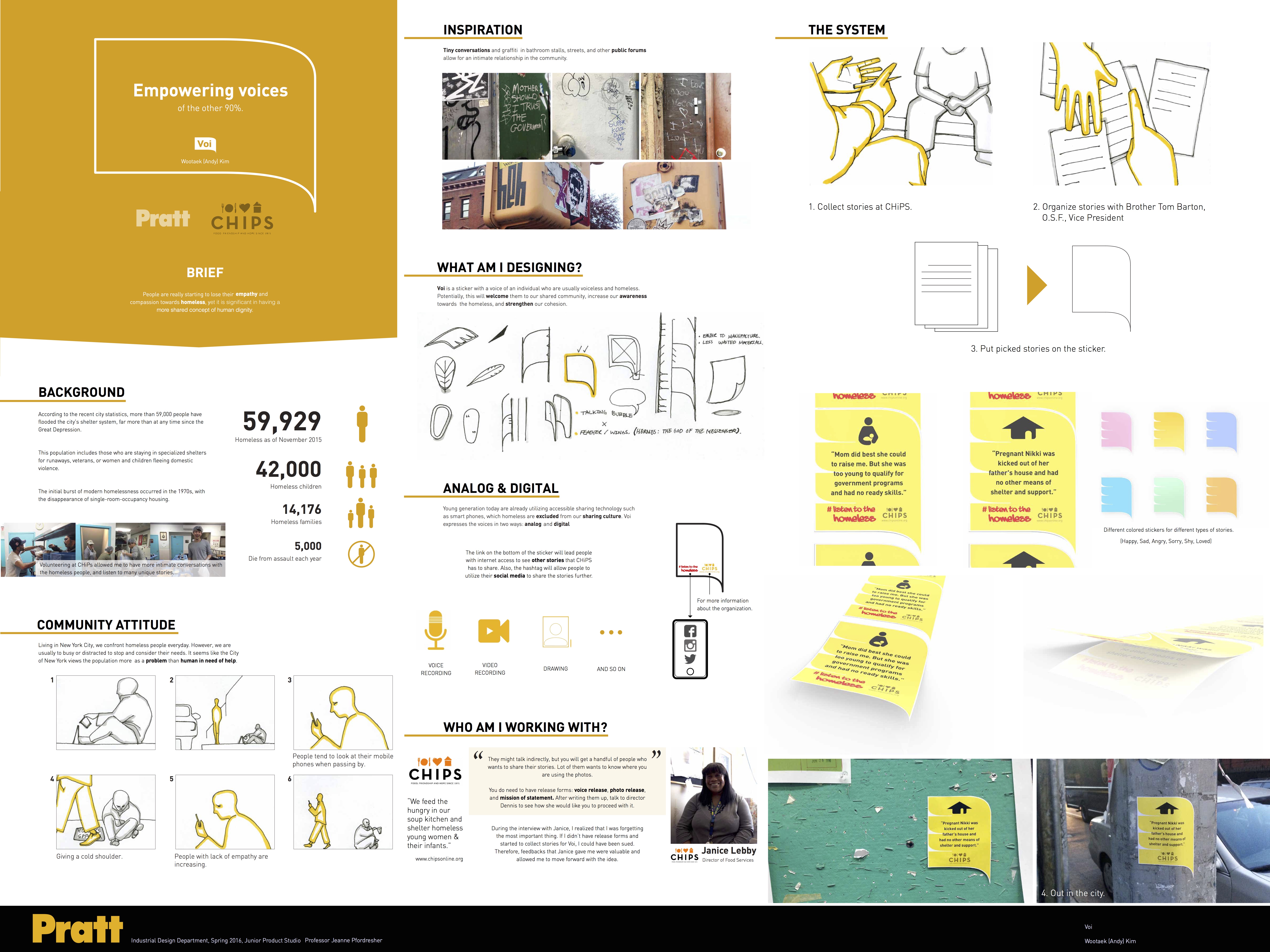
Empowering Voices. A communication program that creates awareness of CHiPs services by using real-life experiences of community people. Andy Kim (BID ’17)
A public program will take place at the museum on February 2, 2017, bringing together one of the designers included in By the People with Pratt’s industrial design students to continue the discussion and further explore how design can improve people’s lives.
2 thoughts on “Designing with Empathy: By the People and Pratt”
Bill on February 2, 2017 at 8:53 pm
Very impressive design. Even greater application.
David canu on February 4, 2017 at 7:39 pm
Cynthia Smith. Did you used to work at the MET & Asia Society?